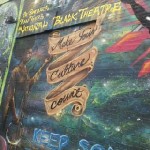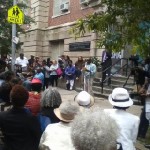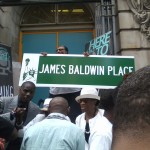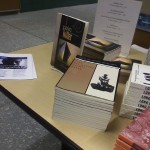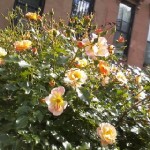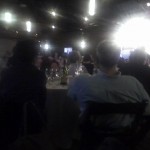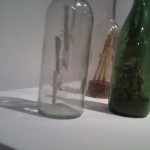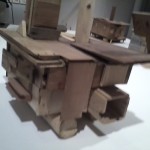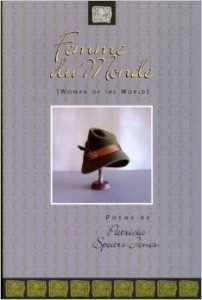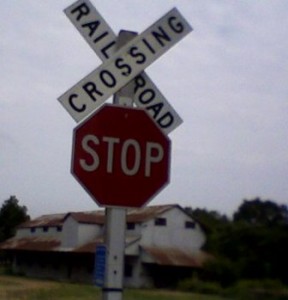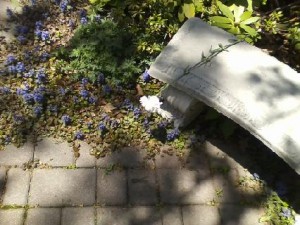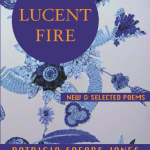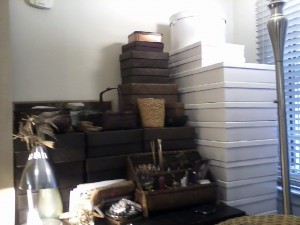Throughout this summer, I have been ridiculously busy. I taught summer school –I so needed the money. But it allowed me to stay very focused as well. But I am so pleased to have had the great gift of getting a sponsored residency at the Virginia Center for Creative Arts where I placed poems for A Lucent Fire: New and Selected for White Pine Press in one file. Dennis Maloney like every other editor and publisher had to put up with my kvelling (love that Yiddish word). Fortunately, I had my hard copy (books, etc.) because I lost 167 pages that I had worked on for about five-six hours before the cutting and pasting started. I think I cut and pasted over material, but that file DISAPPEARED. The staff at VCCA and the computer folk at Sweet Briar College really helped me. The file could not be recovered, but scanning and re-inputting (another four-five hours) and now the poems are in a word doc and pdf with Mr. Maloney. I also wrote some new poems and completed a commissioned work.
But the best thing about VCCA, about any artists colony is meeting fellow poets, writers, artists and composers. At VCCA, I met Kelle Groom a terrific poet and memoirist. She’s been visiting/living in colonies for over a year as she works on a second memoir. She read three of the memoir pieces that I have been working on and really gave me some wonderful advice. I hope that I will be able to take that advice. I also met two different Black American classical composers there–one lives in Brooklyn and I hope to hear his work in the near future. Nicole Parcher, Ann Ropp and other artists let me in on their process and work. Rod Val Moore and I read our works and drank very delicious gin and tonics on our last night at the Center. Two weeks in a place of mountains heat lightning bees butterflies good people good food hard work. #gratitude
This summer I was asked by The Poetry Foundation to blog for Harriet and the first one is up (one glitch in a sentence near the end, but I can live with that) so please check this out and comment if you want to. http://www.poetryfoundation.org/harriet/2014/09/meet-the-boys-and-girls-on-de-battlefront/
I am also mentioned a couple of times in Kelle Groom’s blogs for Best American Poetry. Here’s one that I think you will find of interest: http://blog.bestamericanpoetry.com/the_best_american_poetry/2014/08/what-can-poetry-do-part-2-kelle-groom.html
Earlier this summer I was able to review Dawoud Bey’s exhibition at Mary Boone Gallery for Tribes.
http://www.tribes.org/web/2014/08/07/patricia-spear-jones-reviews-dawoud-bey-at-the-mary-boone-gallery/
And on September 13, Kristen Gallagher and I will read our works at the Greenpoint Branch of the Brooklyn Public Library noon-2:30 p.m. 107 Norman Ave Leonard Street Brooklyn, NY 718-349-8504
and for the first time I have been invited to participate at
Furious Flower: Seeding the Future Of African-American Poetry James Madison University
Furious Flower Poetry Center www.jmu.edu/furiousflower
And as with many of you, I have been involved with the protests regarding the murders of young Black boys and men and girls and women, particularly at the hands of the police, who are “public servants”. Metta Sama started the Artists Against Police Brutality –a facebook group which has grown and one of the projects was a https://www.facebook.com/artistsforferguson with many art works, poems, reflections, etc. I strongly suggest you check out this work.
Like I said, this has been a very busy summer season for me and I know for you. I am grateful for all the opportunities I have received. I look forward to producing more (if my joints allow). I really do think my Mama is working double time on my behalf and I am so glad she is. She would be proud of the work I did with the commissioned poem.

